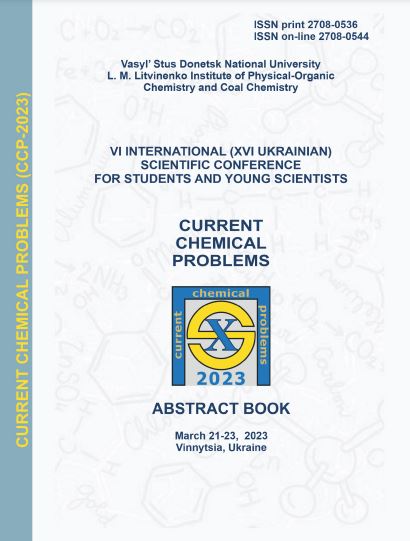Synthesis and stability of zirconium and hafnium phthalocyanines with out-of-plane dopamine ligand
Abstract
This work is devoted to the synthesis, stability and optical properties of zirconium and hafnium phthalocyanine complexes with an out-of-plane coordinated dopamine ligand. The choice of dopamine as a ligand is based on the fact that it contains an aliphatic amino group suitable for covalent interaction with various substrates, in particular, biomolecules. As a rule, phthalocyanine complexes with out-of-plane ligands are synthesized starting from the corresponding zirconium (hafnium) dichloride or dicarboxylate phthalocyanines [1, 2]. In the course of the work, it was established that, based on dichloride complexes, the reaction proceeds with low yields, and dopamine does not react with dicarboxylate complexes at all. Therefore, the necessary complexes were obtained from the corresponding dihydroxophthalocyanine derivatives (Scheme). In the process of synthesis, water is released, which does not affect the course of the reaction, the yields of final products are about 75 %.
References
Z Ou, R Zhan, LA Tomachynski et all. Macroheterocycles, 2011, 4(3), 164–170.
YS Gerasymchuk, VY Chernii, LA Tomachynskii et all. Optical Materials, 2010, 32 (9), 1193–1201.

